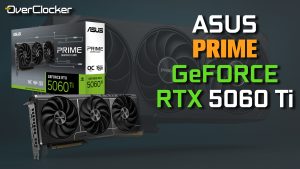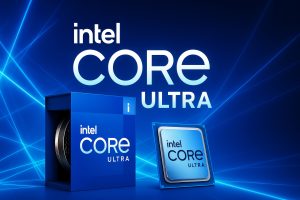4 Things You’ll Need to Build a High-End Gaming Keyboard
For serious gamers looking to improve their experiences, keyboards shouldn’t be overlooked. While some gamers will debate which is the better option between conventional controllers and keyboards, the latter approach seems to win out for PC users. And there are some instances, and some games, for which a mouse and keyboard setup is clearly superior.
This will lead some gamers to consider customizing their own keyboards, or even creating them from scratch. So, just as we’ve looked at which components to prioritize when building a gaming computer, we’re using this piece to identify four things you’ll likely need if you decide to build your own gaming keyboard.
1. Case (& Plate)
The case and plate of your keyboard effectively comprise its physical build, or at least the foundation for it. Strictly speaking, the plate — which as it sounds like is a sort of base for the keyboard — is not wholly necessary. But some find that it can make for a more stable design, and we’d absolutely recommend you use one in any attempt to build a high-end keyboard.
If you want to simplify your process, you can buy keyboard cases and plates, sometimes on their own and sometimes within whole kits. These days, however, it’s also possible to design and customize your own case and/or plate through methods like 3D printing. It all comes down to how much of a hands-on approach you want to take. But one way or another, you’ll need a case and a plate to frame the rest of your design.
2. PCB
The PCB, or printed circuit board, more or less functions as the brain of your keyboard. It processes and transmits your actions, meaning it is literally the electrical core that makes the keyboard work. As with the other elements we’re discussing here, it’s possible to buy a PCB meant for a keyboard design, potentially as part of a full kit. However, the best way to fully customize your keyboard is to design your own PCB, so as to make the keys do exactly what you want them to do.
Making your own PCB is not necessarily easy. However, starting up with PCB design is a reasonable option, thanks to robust software programs that take you through the entire process. You’ll still have to learn a lot about how this all works if you’ve never tried it before. But with the software you’ll be able to customize functionality and produce a PCB that will run your keyboard just as you want.
3. Keycaps
Keycap selection (or design) is where you can really have some fun. The keycaps are just what they sound like — the actual, physical keys you press on your keyboard. And those gamers who do decide to build their own keyboards tend to use the keycaps to express some personal design.
There are examples of popular keycaps that people use, which can serve either as direct inspiration or just for sparking ideas. Ultimately though, you have unlimited options if you’re willing to get creative. You can choose to buy a set that will fit your case, or you can design your own (possibly through 3D printing, again) to make your keyboard look exactly how you want it to. And remember, too, that when you’re customizing your own keyboard you’re under no obligation to use traditional letters, numbers, and symbols. You can do whatever you like with your keycaps.
4. Switches
Keyboard switches are typically placed in between keycaps and the PCB. Basically, they transfer the motion from your own keycap taps to the PCBs. And while they can seem like fairly standardized keyboard elements, they actually have a lot to do with how your keyboard will feel (and sound) to use.
Whether you design your own switches or purchase some that will fit with the rest of your design, be sure to give due consideration to how they’ll function. Different switches will work better for, say, a smooth, quiet keyboard experience than for a the louder clicks and mechanical feel that some find satisfying.
Ultimately you’ll need more than just these four things to design your keyboard. You’ll require equipment, wiring, and possibly the 3D printer and design software mentioned above. To start the process though, these are the core elements you’ll need to figure out. From there, you’ll be well on your way to a fully customized keyboard that can further enhance your gaming experience.







